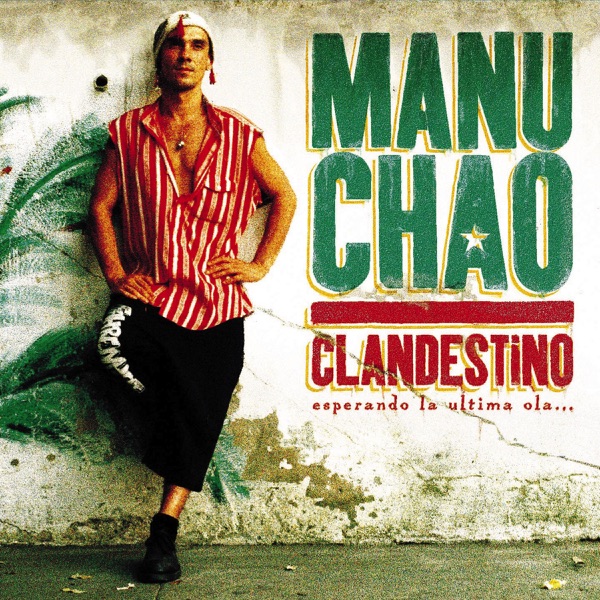Clandestino, by Manu Chao
Suggested by Peet Denny
In my secondary school, the Head of the Language Department was Dr Gopsill.
He was an avuncular chap, all told. I didn’t really interact with him, as my only language class was French, and that was taught by Mrs Craze. I remember that he was a chaperone on my first-year trip to Nice, and that he’d wake us each day with a rousing chorus of Oh What A Beautiful Morning before threatening anyone not out of bed in five minutes flat that he’d douse them in ice-cold water from a plastic jug. Good times.
I mention Dr Gopsill because he could speal fifty-one languages. And, apparently, he was learning another two.
I mean, that’s an arrogant number, right? Fifty-one languages. It occurs to me now that I never investigated that claim’s veracity, but I believe it was common knowledge in the corridors. Then again, it was also “common knowledge” that our music teacher had been caught touching kids under a railway bridge, hence the nickname “Bummer,” and that was obvious vindictive nonsense, so who knows? Maybe Dr Gopsill could only manage French and German after all.
Whenever I hear of a multilinguist these days, I can’t help but compare them to Dr Gopsill. So when I discovered that Manu Chao sings in more than nine languages – French, Spanish, English, Italian, Arabic, Catalan, Galician, Portuguese, Greek and “occasional others” – I wasn’t overly impressed. I bet Dr Gopsill could sing Oh What A Beautiful Morning in at least twenty.
Manu Chao himself is a guitarist and singer of French and Spanish descent. Clandestino, from 1998, is the first of a six-album career, and it houses as many musical styles and influences as there are languages. That’s right folks… nine musical styles and influences, with occasional others. Overall, the sound is very Latin, incorporating flamenco, salsa, reggae, ska, punk and more. It’s a full sound, and very moreish, full of intricacy and delighted energy. Manu Chao’s vocal is conversational and rather strained, but it’s perfectly balanced against the flighty strummed guitar and layered carnival percussion.
As someone with a working knowledge of English, a smattering of French and a pocketful of Latin phrases, it shames me to say most of the singing sounds Spanish rather than a smorgasbord of multiple dialects. And my crimson hue deepens when I realise that my standout track is one of the only English songs on the album: the quirky, almost rapped, Bongo Bong. That’s right, folks… a song about Bongos. Interestingly, Robbie Williams has covered Bongo Bong (in a double-trouble mashup with this and the following Clandestino track Je Ne T’Aime Plus). I don’t like Robbie’s version. It’s bereft of the gallic charm of Manu Chao’s original.
I liked this album. Other songs of note include Desaperacido, which is not to be confused with the meme-worthy Despacito, and the smooth and almost ominous Mama Call. Over the course of sixteen tracks, Clandestino delivers exactly you’d expect. It’s full, funky Latin style that bleeds chic and oozes cool. Is it a sound I embrace? Not as a general rule, but I can see it returning to the stack should I be feeling cosmopolitan.
Clandestino scores 7/10. While it’s unlikely to see much repeat play, it’s a wonderful example of what it wants to be.
